#structural engineering design
Explore tagged Tumblr posts
Text
The Role of Structural Engineering in Modern Architecture: Balancing Aesthetics and Strength
Modern architecture is a blend of artistic vision and engineering precision. Today's buildings are designed to be visually stunning, highly functional, and structurally sound—a combination that requires expertise in architecture and structural engineering. While architects focus on design, structural engineers ensure that buildings can withstand environmental forces, support their intended loads, and remain safe for occupants. Even the most beautiful designs would be impractical or unsafe without structural engineering.
Understanding the role of structural engineering is essential for business owners and property managers when planning renovations, new construction, or even routine maintenance. A well-engineered building enhances aesthetic appeal and ensures safety, longevity, and efficiency, protecting investment and occupants.

The Foundation of Structural Engineering in Modern Architecture
At its core, structural engineering is about creating buildings that stand the test of time. It involves designing frameworks that can withstand gravity, wind, seismic activity, and other forces while maintaining the structure's integrity. A building's strength is determined by carefully selecting materials, load-bearing components, and reinforcement techniques.
In modern architecture, structural engineers play a key role in helping turn bold architectural ideas into reality. Whether a high-rise tower with an unconventional shape or a glass-clad office building, engineers ensure that the structural components support the design without compromising safety. Innovations in materials and construction techniques have allowed buildings to be sleeker, lighter, and more sustainable while maintaining strength and stability.
Balancing Aesthetics with Structural Integrity
One of the biggest challenges in modern architecture is balancing design creativity with structural integrity. Architects often push boundaries with curved facades, open floor plans, and cantilevered structures, requiring structural engineers to develop customized solutions that maintain the artistic vision while keeping the building secure.
For example, in skyscraper design, the shape of the building must account for wind forces. Structural engineers use aerodynamic modeling and wind tunnel testing to create designs that reduce wind resistance while maintaining stability. Similarly, minimizing the number of columns in large commercial spaces allows for more open, flexible floor plans, but this requires advanced load distribution techniques to maintain support.
The choice of materials also plays a significant role in this balance. Traditional materials like steel and reinforced concrete remain popular due to their strength. Still, newer materials like engineered wood, carbon fiber, and high-performance glass are gaining traction in modern architecture. Structural engineers help determine which materials offer the best durability, sustainability, and aesthetic appeal for each project.
Why Structural Engineering Matters for Business Owners and Property Managers
Structural engineering ensures safety, longevity, and cost-efficiency for businesses that own commercial buildings or property managers overseeing multiple structures. A poorly designed or neglected structure can lead to expensive repairs, liability risks, and legal issues.
Structural engineers assess existing frameworks when planning renovations or expansions to determine whether modifications are safe and feasible. They help reinforce aging structures, improve energy efficiency, and ensure compliance with modern building codes. This is especially important in areas prone to seismic activity, hurricanes, or heavy snowfall, where structural resilience directly impacts a building's long-term stability.
Additionally, businesses looking to create unique architectural spaces—such as retail stores with large glass facades or office buildings with open atriums—depend on structural engineers to bring these designs to life without compromising safety. A strong, well-engineered building protects investments and enhances property value and tenant satisfaction.
Innovations Shaping the Future of Structural Engineering
Structural engineering constantly evolves, driven by technological advancements, sustainability, and material science. Some of the most exciting innovations include:
3D modeling and AI-powered simulations allow engineers to test structures before construction begins.
Prefabrication and modular construction, speeding up building timelines while reducing waste.
Sustainable engineering practices, incorporating renewable materials and energy-efficient designs to reduce environmental impact.
As businesses and property managers look toward the future, these innovations will play a key role in developing safer, more efficient, visually appealing buildings.
Building a Stronger Future with Structural Engineering
Modern architecture wouldn't be possible without structural engineering design services. From towering skyscrapers to innovative office spaces, engineers ensure that designs are beautiful, safe, and resilient. For business owners and property managers, investing in expert structural engineering services means protecting assets, enhancing property value, and ensuring long-term structural performance.
Whether planning a new construction, renovation, or routine inspection, structural engineers provide the expertise to keep buildings strong, efficient, and visually impressive for years.
#structural engineering design services#structural engineering design#structural engineering#structural engineer
0 notes
Text
Quote of the Day!
“In every beam we place, in every wall we raise, exists the potential for something amazing.” — Albert “The Engineer” Evans
#Engineer#Construction#Building#Architecture#Design#Structure#Potential#Inspiration#Craftsmanship#Beams#Walls#Creation#Innovation#Skilled#Workmanship#Amazing#Vision#Quoteoftheday#Inspired#Inspiring#quotes#quoteoftheday#albertevans
12 notes
·
View notes
Text

Opening day ceremony of the Golden Gate Bridge - May 1937.
#california#san francisco#golden gate bridge#the 30s#1930s#industrial design#bridge design#civil engeneering#structural engineering#structural design#bridges#1937#deco#art deco#landmarks
40 notes
·
View notes
Text

Must See for Architects! Steel gymnasiums rock and lead the way!
Steel structure gymnasium, light, strong and flexible design, perfect for carrying large space.
Seismic and wind resistance, environmental protection and energy saving, faster construction. Innovative design to create futuristic space and enhance the viewing experience!
Leading the new trend of construction, steel structure, opening a new era of sports venues!
#architecture#design#steel structure#space frame#graphic design#stadium#gym#gymnastics#manufacturer#engineering#constractor
2 notes
·
View notes
Text
Normally I just post about movies but I'm a software engineer by trade so I've got opinions on programming too.
Apparently it's a month of code or something because my dash is filled with people trying to learn Python. And that's great, because Python is a good language with a lot of support and job opportunities. I've just got some scattered thoughts that I thought I'd write down.
Python abstracts a number of useful concepts. It makes it easier to use, but it also means that if you don't understand the concepts then things might go wrong in ways you didn't expect. Memory management and pointer logic is so damn annoying, but you need to understand them. I learned these concepts by learning C++, hopefully there's an easier way these days.
Data structures and algorithms are the bread and butter of any real work (and they're pretty much all that come up in interviews) and they're language agnostic. If you don't know how to traverse a linked list, how to use recursion, what a hash map is for, etc. then you don't really know how to program. You'll pretty much never need to implement any of them from scratch, but you should know when to use them; think of them like building blocks in a Lego set.
Learning a new language is a hell of a lot easier after your first one. Going from Python to Java is mostly just syntax differences. Even "harder" languages like C++ mostly just mean more boilerplate while doing the same things. Learning a new spoken language in is hard, but learning a new programming language is generally closer to learning some new slang or a new accent. Lists in Python are called Vectors in C++, just like how french fries are called chips in London. If you know all the underlying concepts that are common to most programming languages then it's not a huge jump to a new one, at least if you're only doing all the most common stuff. (You will get tripped up by some of the minor differences though. Popping an item off of a stack in Python returns the element, but in Java it returns nothing. You have to read it with Top first. Definitely had a program fail due to that issue).
The above is not true for new paradigms. Python, C++ and Java are all iterative languages. You move to something functional like Haskell and you need a completely different way of thinking. Javascript (not in any way related to Java) has callbacks and I still don't quite have a good handle on them. Hardware languages like VHDL are all synchronous; every line of code in a program runs at the same time! That's a new way of thinking.
Python is stereotyped as a scripting language good only for glue programming or prototypes. It's excellent at those, but I've worked at a number of (successful) startups that all were Python on the backend. Python is robust enough and fast enough to be used for basically anything at this point, except maybe for embedded programming. If you do need the fastest speed possible then you can still drop in some raw C++ for the places you need it (one place I worked at had one very important piece of code in C++ because even milliseconds mattered there, but everything else was Python). The speed differences between Python and C++ are so much smaller these days that you only need them at the scale of the really big companies. It makes sense for Google to use C++ (and they use their own version of it to boot), but any company with less than 100 engineers is probably better off with Python in almost all cases. Honestly thought the best programming language is the one you like, and the one that you're good at.
Design patterns mostly don't matter. They really were only created to make up for language failures of C++; in the original design patterns book 17 of the 23 patterns were just core features of other contemporary languages like LISP. C++ was just really popular while also being kinda bad, so they were necessary. I don't think I've ever once thought about consciously using a design pattern since even before I graduated. Object oriented design is mostly in the same place. You'll use classes because it's a useful way to structure things but multiple inheritance and polymorphism and all the other terms you've learned really don't come into play too often and when they do you use the simplest possible form of them. Code should be simple and easy to understand so make it as simple as possible. As far as inheritance the most I'm willing to do is to have a class with abstract functions (i.e. classes where some functions are empty but are expected to be filled out by the child class) but even then there are usually good alternatives to this.
Related to the above: simple is best. Simple is elegant. If you solve a problem with 4000 lines of code using a bunch of esoteric data structures and language quirks, but someone else did it in 10 then I'll pick the 10. On the other hand a one liner function that requires a lot of unpacking, like a Python function with a bunch of nested lambdas, might be easier to read if you split it up a bit more. Time to read and understand the code is the most important metric, more important than runtime or memory use. You can optimize for the other two later if you have to, but simple has to prevail for the first pass otherwise it's going to be hard for other people to understand. In fact, it'll be hard for you to understand too when you come back to it 3 months later without any context.
Note that I've cut a few things for simplicity. For example: VHDL doesn't quite require every line to run at the same time, but it's still a major paradigm of the language that isn't present in most other languages.
Ok that was a lot to read. I guess I have more to say about programming than I thought. But the core ideas are: Python is pretty good, other languages don't need to be scary, learn your data structures and algorithms and above all keep your code simple and clean.
#programming#python#software engineering#java#java programming#c++#javascript#haskell#VHDL#hardware programming#embedded programming#month of code#design patterns#common lisp#google#data structures#algorithms#hash table#recursion#array#lists#vectors#vector#list#arrays#object oriented programming#functional programming#iterative programming#callbacks
19 notes
·
View notes
Text
Does anyone know enough about game design and development to give me some advice?
I'd like to know how realistic it would be to create a web browser 2D pixel art multiplayer game where players can customize rooms and explore them and chat together. Basically create a mix between habbo hotel and manyland.
And how realistic is it considering I'm not actually a developper and only use Python and SQL in my daily life? I did learn other languages but it was a while ago.
I have also never created a website though I know some people who could help me with that.
Anyway I'm a total beginner and don't even know what difficulty this project would be. Does anyone know?
#Mel rambles#game design#game development#game developers#web development#I don't even know what tags this community uses#I think I know how the game would work and how I'd structure the data#but I have never used a game engine so I genuinely have no idea how difficult the development would be#or even what my level is. apparently I'm pretty good at coding for someone who isn't a developper but is it enough for that project?
5 notes
·
View notes
Text
youtube
#architecture#civil engineering#siteengineer#construction#house#buildings#drawing#structure#structural#design#Youtube
2 notes
·
View notes
Text
unforutinely had a dogshit day and the dude im training at work came up to me and said something innocuous about how he found out how i trained him is probably slightly incorrect and he found the REAL way to do it and all i could do was go "okay! that is so awesome. you could do that and its fine to do" and give him a big thumbs up and he could smell that i was hiding something that was leaking out of my skull and he was like "im just sayin..."
and he is right but i dont know how to convey to him that i dont care at all about what im doing and dont care about proper ways of technically doing shit and he's always finding dumb little inconsistencies or asking me about processes that i know genuinely dont fucking matter/care about from the more experienced people who trained me who didnt get in trouble/care either and i wish i could grip the dude by the shoulders and say like "hey man you could rub what we're installing in mud and oil and dirt and then put it in the machine and i do nooooot care i dont care about it" and chuck him across the building
#like look man its my job to build it i dont care or know what happens after i do my job#they could set the whole thing on fire after its built and i wouldnt know or care#i dont know or care about why that part is there i dont care about what it does in the machine's process i dont give a fuck about the thing#i am not an engineer i didnt design it i dont give a fuck about it i dont care to delve deeper about it.#im storing bare minimum that requires me to get the job done in a way that wont get me in trouble#and i can tell he thinks lesser of me than he did first time i was here#because he keeps saying shit like ''ohhh you 'dont know why' again i get it''#and has literally had conversations about how i used to care more my first go around here than i do now#like listen man. i am not invested in this place like you are.#im training you on how to build it not how to design it or what it does. im not your guy for that. kindly fuck off about it#i know im SUPPOSED to care or that they'd LOVE if i was more curious about this thing#but im not PAID to be invested in its structure beyond what i place on it and i dont CARE to
1 note
·
View note
Video
youtube
Top 10 Construction Projects Completing in 2024
3 notes
·
View notes
Text
The Art of Origami: A Journey Through History, Use, and Mastery
In this series, we have been looking at various types of art as art forms. We have visited collage, multi-media art, Mexican Folk Art, ATC’s, Japanese Kintsugi, Street Art and Murals, pottery, Chinese Kites, and now Origami. Wow! That’s a lot of art. I hope you have been following and have enjoyed learning about these different types of art around the world. Origami, the traditional Japanese…

View On WordPress
#artistic expression#Creative Origami#Foldable Structures#Japanese art#Learning Origami#Origami#Origami and Mathematics#Origami Designs#Origami for Beginners#Origami History#Origami in Education#Origami in Engineering#Origami Manual#Origami Symbolism#Origami Techniques#Origami Therapy#Origami Tutorials#Paper Folding#Senbazuru Orikata#Traditional Origami
3 notes
·
View notes
Text
Exploring the Diverse Landscape of Surveys: Unveiling Different Types
Introduction Civil engineering, as a discipline, relies heavily on accurate and comprehensive data to design, plan, and construct various infrastructure projects. Surveys play a crucial role in gathering this essential information, providing engineers with the data needed to make informed decisions. There are several types of surveys in civil engineering, each serving a unique purpose. In this…

View On WordPress
#accurate measurements#as-built survey#boundary survey#civil engineering data#Civil engineering surveys#construction progress monitoring#construction survey#design accuracy#environmental monitoring#geodetic survey#global mapping#hydrographic survey#infrastructure development#infrastructure projects#land surveyor#legal boundaries#monitoring survey#project planning#property lines#structural integrity assessment#surveying in civil engineering#surveying innovations#surveying technology#topographic surveying#water body survey
2 notes
·
View notes
Text
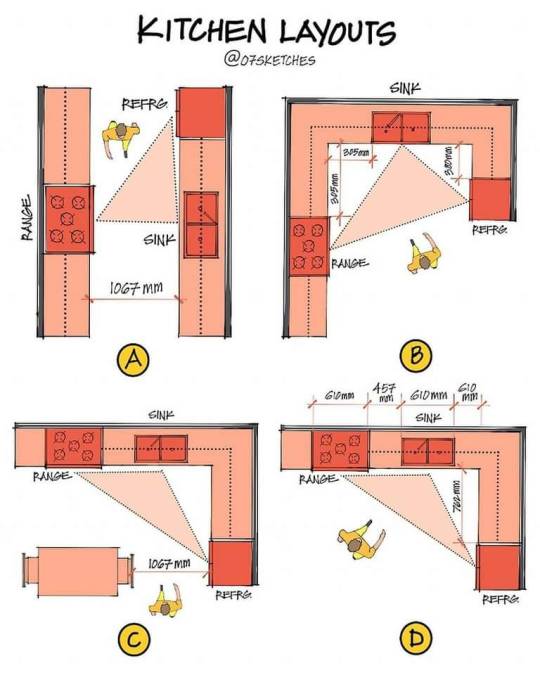
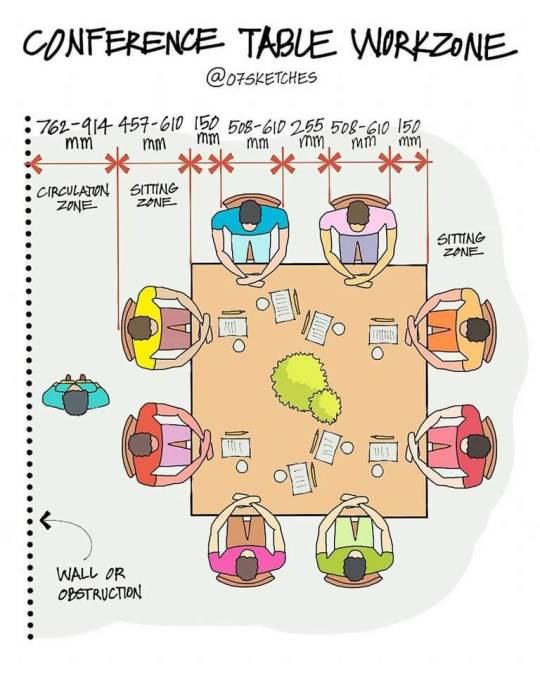
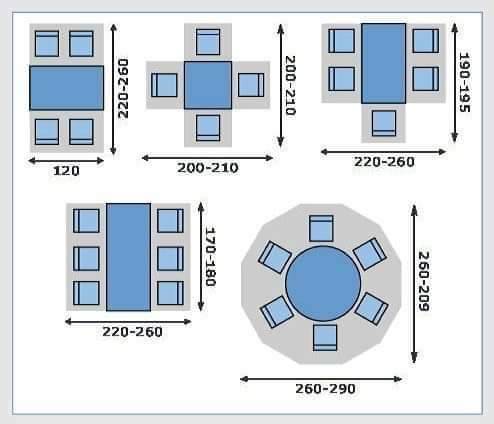
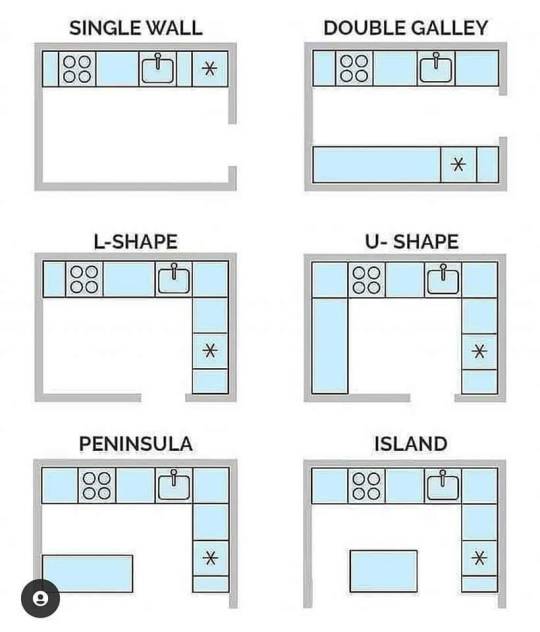
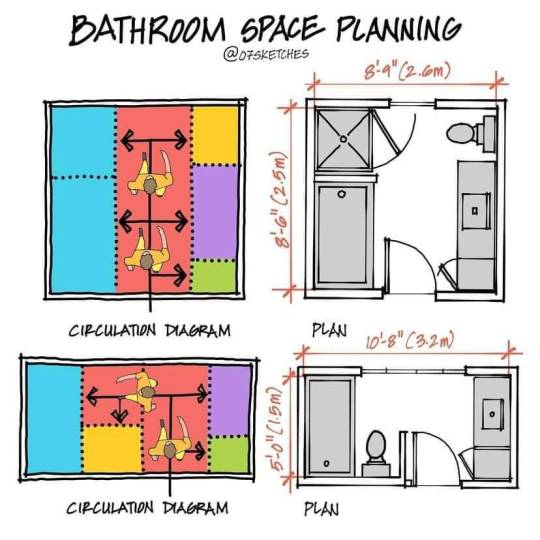




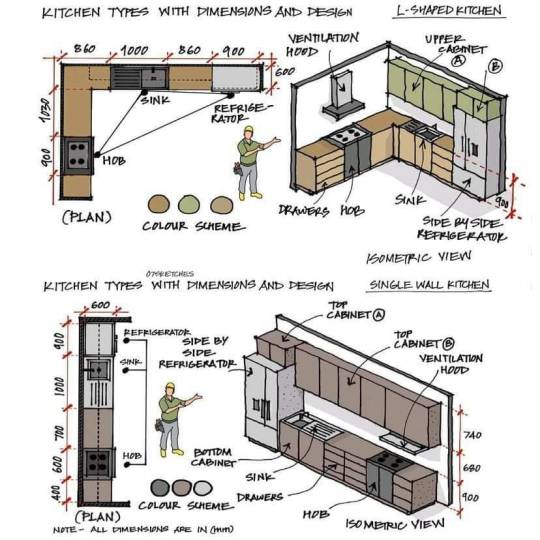
Standard interior dimensions
Part 1
#architecture#construction#structure#interior design#engeenering#decor#living room#interiors#home#chair#civil engineering#architecturedesign#interiorarchitecture#interiordesign
2 notes
·
View notes
Text
Each residential project is special, and a professional engineer can provide personalized solutions to your specific necessities and choices. Whether you are building a new home, remodeling, or making repairs, residential structural engineer Phoenix can optimize the design to meet your requirements.
#Residential Structural Engineer Phoenix#Arizona Structural Engineers#Civil Engineering Design services#Commercial Engineering Services#Civil Engineering Companies in Arizona
2 notes
·
View notes
Photo

Exterior in Austin An illustration of a two-story, beige stone exterior home design with a tile roof.
#texas hill country contemporary#floor plans#house plans#structural engineering#sustainable design#green architecture#site planning
3 notes
·
View notes
Text
"Boil water to turn fan" as if multistage steam turbine generators are not one of the sexiest kinds of machines every made

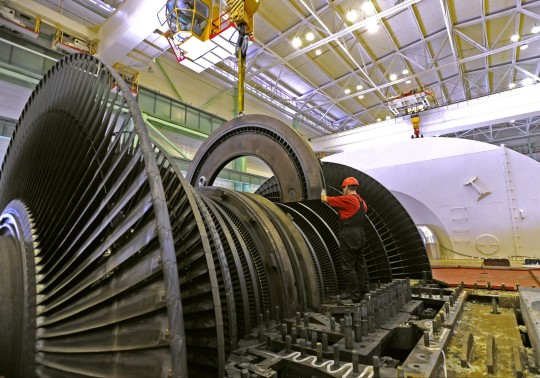
nuclear power is impressive until you get up to why. "we use the most precisely engineered machinery ever created to split atoms to release energy" oh yeah how come? "boil water to turn a fan" get the fuck out
#its genuinely crazy the math and engineering that go into making these absolutely massive steam turbines#its an incredible balancing act to optimize between the interconnected variables of pressure velocity and temperature in order#to extract as much energy as possible from the steam as it moves through the system#especially like. those generators need to maintain a very precise rotational speed in order to prevent the coupled generator#from going out of phase with the power grid#(3000 RPM for 50 Hz grids and 3600 RPM for 60 Hz grids)#like the reactor part sounds like a lot of engineering work (and it is!) but like. the turbine is fucking incredibly impressive too#each one of those turbine stages needs to have very specifically shaped blades in order to control steam pressure drop and steam velocity#and the blades need to be able to physically handle being in a wet (at least for nuclear plants where the steam is pretty wet) high temp#environment and constantly being spun at high rotational speeds for decades at a time.#we had to develop specialized nickel titanium superalloys with tightly controlled crystalline structures in order to build turbines this big#stare into the depths of “wow we really just use steam to spin a big fan that sounds simple” and you encounter#the lifes work of thousands of mathematicians computer engineers material scientists and mechanical engineers#the first device we could call a steam turbine was made as a toy in tthe first century ancient greece and egypt#the first steam turbine with a practical use was described in 1551 in Ottoman Egypt. it was used to turn a spit of meat over a fire.#the first modern multistage impluse steam turbine was made in 1884 and revolutionized electricity generation and marine propulsion#in the 141 years since there have been more improvements than one could even list#from major design changes credited to great men to miniscule efficiencies and optimizations gained from tweaking the composition of an alloy#idk. i think its beautiful to think about the web of human knowledge woven collectively by thousands of hands across history#could you imagine what the ancient greek engineers who first put together the prototype for an aeolipile would think to see what we have#made now. could they even recognize our designs as belonging to the same category of object as their little toy#anyway#appreciate the humble steam turbine with the same eye you give to the reactor core#mine#just my thoughts
68K notes
·
View notes
Text
hiQdesigninc: A Structural Engineering Company Built for the Future At its core, hiQdesigninc is a Structural Engineering Company with a vision for the future. Combining deep technical knowledge with cutting-edge digital tools, the company offers engineering solutions that are robust, sustainable, and aligned with modern construction practices.For more details visit here:- https://hiqdesignincblog.wordpress.com/2025/05/08/bim-modeling-services-2/
#miscellaneous steel industries in arizona#structural engineering firm in arizona#steel structural design in arizona#tekla structural steel detailing in arizona#structural engineering company in arizona#deck design company in arizona#structural engineering consultant in arizona#bim modeling in arizona#structural contractors in arizona#miscellaneous steel industries
0 notes